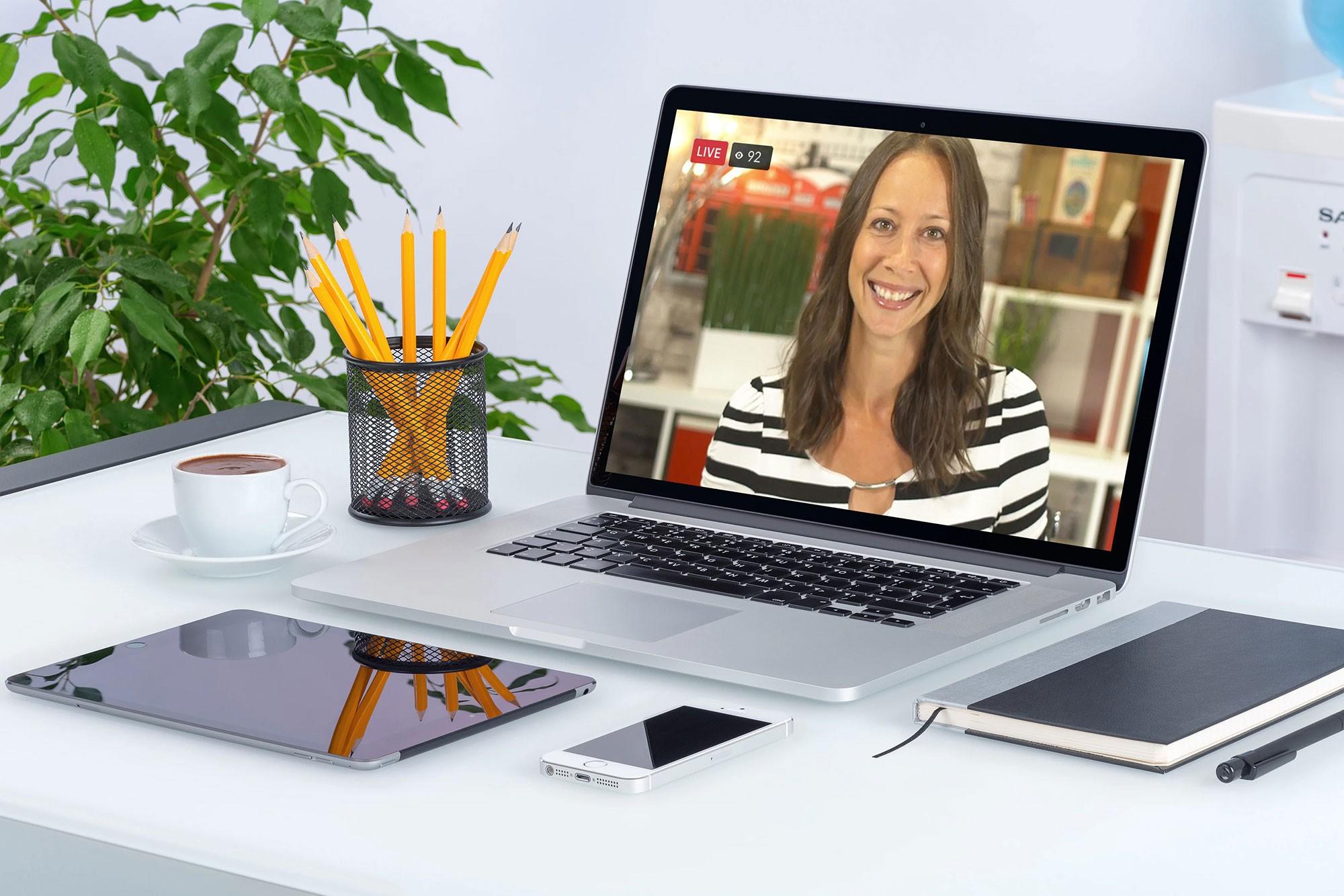


- #Ecamm movie tools combine Pc
- #Ecamm movie tools combine download
- #Ecamm movie tools combine windows
However, if the called party is protected by a firewall, then the called party’s computer is asked by the Global Index to connect in the reverse direction back to the caller’s computer, as shown in Step 2 of Figure 1-1. Below is an excerpt from page 4 of the admin document (page 10 of the PDF):Īs shown in Step 1 of Figure 1-1, when two Skype users wish to communicate with one another, the caller fi rst simply tries to contact the called party directly. Skype has a reasonably good network admin guide: įrom reading that, I suspect that the two machines behind your firewall are actually traversing outside the firewall and connecting back through a relay. This has been bugging me so I did a little research. Skype-based podcasting still doesn’t feel like a first class option. In general, of course, that isn’t something you can expect an interviewee to do. In this case my interviewee is willing to play along, so we’ll give it a shot and see how it goes.
#Ecamm movie tools combine download
Based on these results, though, my conclusion is that combining two locally-made recordings - one of which the interview will upload and I will download after the call - will yield the best outcome. I’ll be recording a podcast tomorrow and, since it’ll be an international call, I’d like to be able to use voice-over-IP. The other combines both remote voices and it sounds like this. One combines both local voices and it sounds like this. Just for kicks, I took the two recordings apart, swapped channels, and put them back together to create two new versions of the test call.
#Ecamm movie tools combine windows
In particular, listening to the recordings made from each end of the call, I hear the occasional dropouts and compression artifacts that I always hear in every Internet call, whether it’s on Vonage or Skype or iChat or Windows Messenger. But when I finished my test call and reviewed both recordings, I found in both cases that while the quality was fine for the local voice, it was sketchy for the remote voice. The Ecamm Call Recorder produces a QuickTime movie with two stereo tracks, one for each half of the call, but you can extract them and recombine the parts to achieve the same result. MX Skype Recorder will directly produce a split-channel WAV file. I’m happy to report that both of these Skype recorders enable the same kind of thing. That enables the kind of editing I illustrated in this brief screencast.
#Ecamm movie tools combine Pc
Because friends and family now refuse my requests to involve them in audio recording experiments - and who can blame them? - I manned both ends of a Skype call, shuttling between a PC in one room (with an analog headset) and a Mac in the other (with a USB headset).ĭoug Kaye’s recipe for using the Telos ONE involves splitting the caller and callee onto separate channels of a stereo recording.

But now there are Skype add-ins that simplify things quite a bit.įor today’s test I used two different products: MX Skype Recorder for Windows, and the Ecamm Call Recorder for the Mac. The recipes used to involve a whole lot of baling wire and black magic. The good news, since the last time I tried this, is that it’s easier to record Skype calls. But from time to time I revisit the question of whether Internet calling, using Skype or another voice-over-IP solution, can produce results of equal (or better) quality. Following the advice of my audio guru, Doug Kaye, I’m using a Telos ONE to achieve decent audio quality using POTS (plain old telephone service). My podcasts are almost invariably recordings of phone calls.


 0 kommentar(er)
0 kommentar(er)
